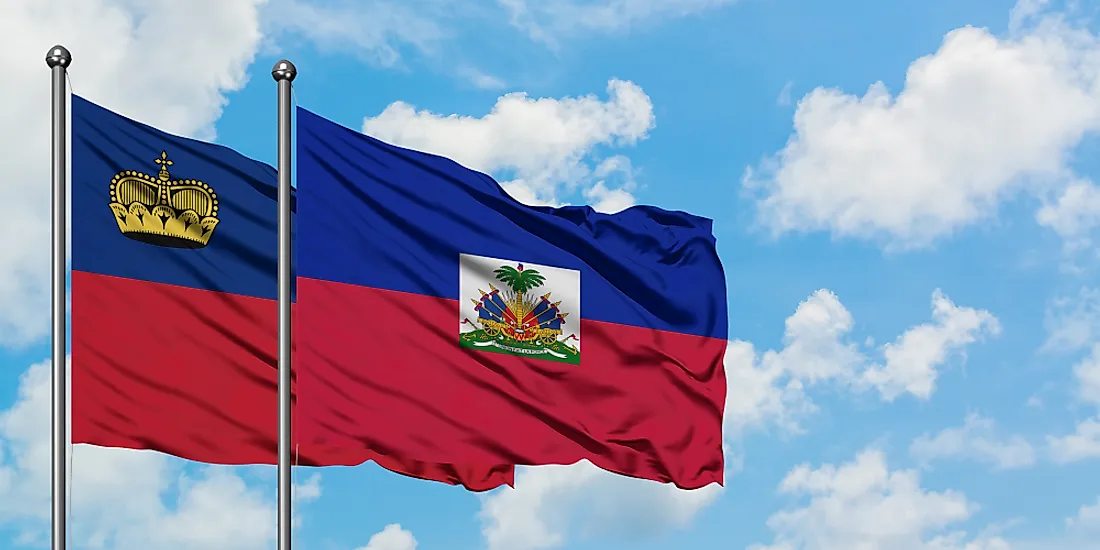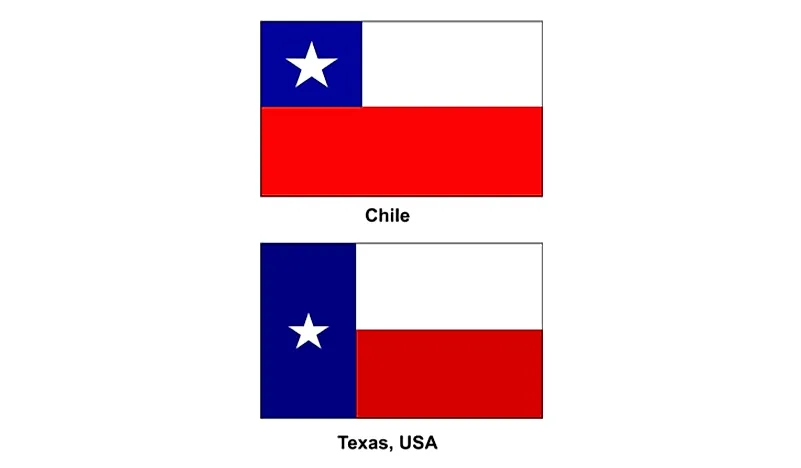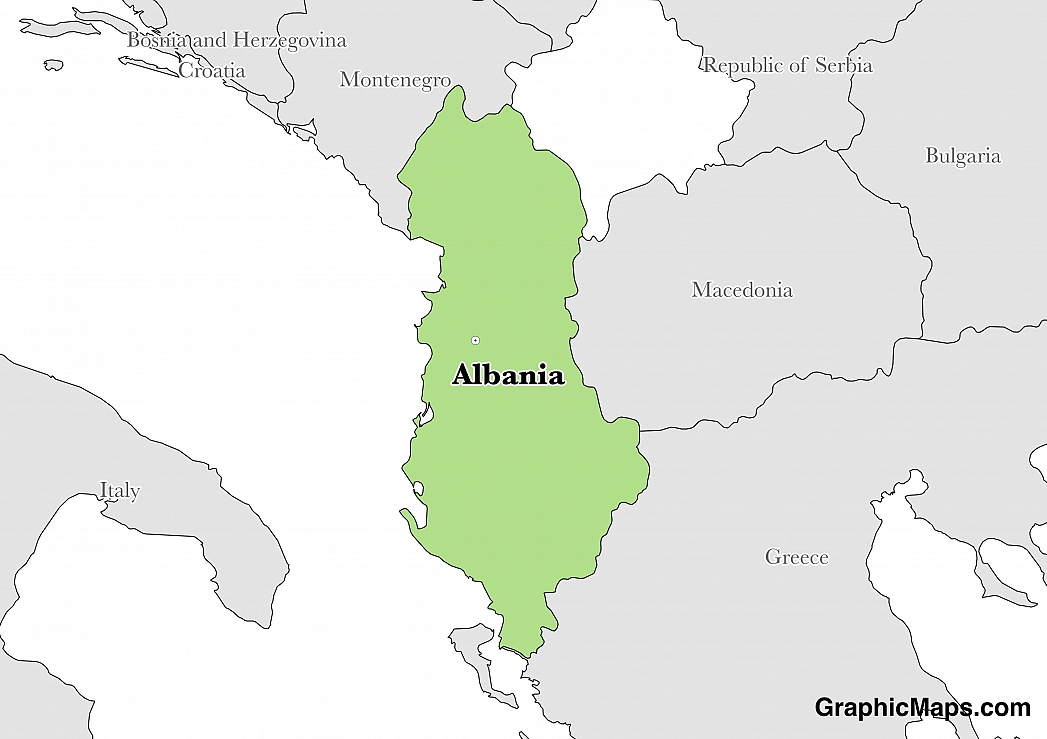The capital city of Albania is Tirana. It is also the country's largest and most populous city. Although it was founded in 1614, Tirana was declared the capital city after independence in 1912. The city is located in Tirana 17 miles east of the Adriatic Sea on the shore of the Ishm River. Tirana was founded in by Barkinzade Süleyman Paşa who built a mosque, bakery, and bathhouse to attract visitors.
Tirana is the seventh largest city in the Balkan with a municipality area of 428.58 sq mi and an administrative area of 16.1 sq mi. Tirana city has a population of about 400,000 and a metropolitan population of about 800,000. Tirana is Albania’s only metropolitan. A majority (84.10%) of the city’s residents are Albanians. A census conducted in 2011 revealed that the city had a slightly higher number of women than men. It is projected that the city’s population is to double to about 1.6 million by 2031.
A lot of tourists do not place Tirana in their tour plans because the city has yet to catch the tourist bug like London, Paris, Barcelona and several other popular tourist destinations across Europe. Tirana offers visitors an environment that is very different from other cities across Europe. One of the places to visit include the Piramida, Dajti Ekspres, Skanderbeg Square, National Historic Museum, Dajti Mountain National Park, Et’hem Bey Mosque, and the Clock Tower
Tirana experiences 2544 hours of sunshine and is the eighth sunniest city in Europe. It experiences a hot Mediterranean subtropical climate. The annual mean temperature is 15.2 degrees Celsius. Summers are hot and dry with temperatures rising to about 30 degrees Celsius during the day and 16.7 degrees Celsius at night. During winters the temperature rises to 12.7 degrees Celsius during the day and drops to 3 degrees Celsius during the night. A small amount of snow is recorded during the winter but it melts quickly.
This page was last modified on May 1st, 2018
More on Graphicmaps

Published on 2019-11-06
What is a Trade Embargo?

Published on 2019-11-04
Which Two Countries Used to Have the Same Flag?

Published on 2019-09-16
What Is the Only Two-Sided State Flag?

Published on 2019-09-16
Which Country Flag Looks Like the Texas Flag?

Published on 2019-08-29
Flags That Resemble the US Flag

Published on 2019-08-20
